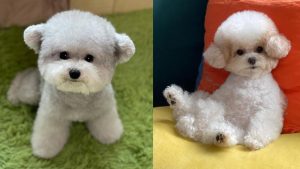You usually have a large breed of dog at home. Maybe, you decided to adopt a small one.
Perhaps, you are a bit afraid because you do not know anything about having a small dog.
Maybe, you feel quite hesitant if you are doing the right thing. Do not worry, as it is always part of the process.
Below, we have gathered the thing you should know about living with small dogs. Without further ado, let’s begin!
1. Longer Life Expectancy
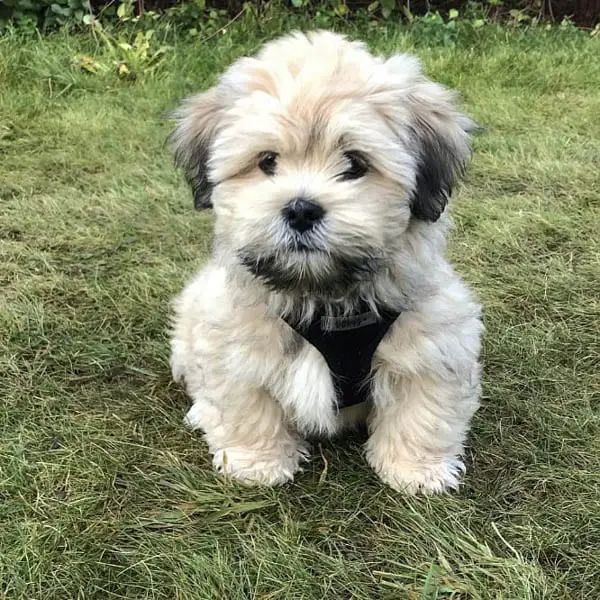
Yes, you read it right. Small dogs have a longer life expectancy than big ones. They can live up to 14 years and above.
Large dogs, on the other hand, can only reach up to a maximum of 10 years. But it still depends.
But have you ever wondered why small dogs live longer than large breeds? Research has suggested that their slow growth comes with a low risk of free radical activity.
A recent study found that big dogs die young because they age more quickly than we have thought.
Researchers confirmed that large dog’s age at an accelerated pace.
Besides aging, large dogs are vulnerable to potential health issues, including tumors, developmental disorders, and gastrointestinal diseases.
Each of these has been associated with accelerated growth.
The top longest-living dogs consist of Chihuahua, Jack Russell Terrier, Toy Poodle, Shih Tzu, Yorkshire Terrier, Dachshund, Pomeranian, Lhasa Apso, and Beagle.
Chihuahua, for example, has a life expectancy of 15 or 20 years. Toy Poodle can live from 14 to 18 years.
Shih Tzu has a lifespan of 10 or 18 years. Yorkshire Terrier can live for 14 or 17 years.
But that does not mean you cannot adopt a large breed. Good nutrition is the key.
2. Less Food
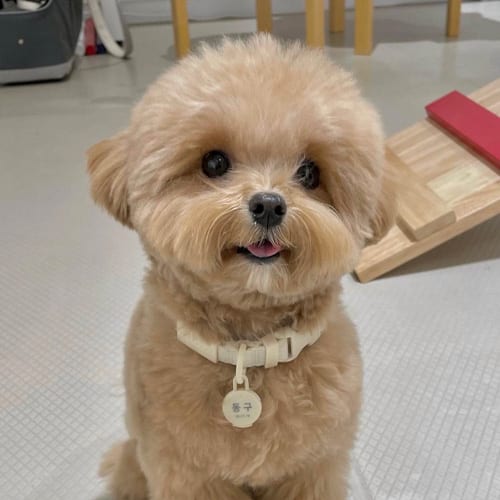
Small dogs mean small stomachs. That is why they eat less food, helping you save some cash over time.
But studies have revealed that small dogs tend to have a fast metabolism. That means they are active and burn their calories faster than large breeds.
On the other hand, a large dog can store energy better and utilize its calories evenly every day.
So, small dogs require more calories per pound of their body weight. Technically, they have to eat more.
But do not worry as their foods are denser in terms of nutrition. When looking for dog food for your Shih Tzu or Pomeranian, be sure the brand of your choice has the following:
- It should be in small bite-size pieces but with quality nutrition.
- The digestibility should be high. The easier to digest the food is, the more nutritional support your small dogs will gain.
- It should be rich in Omega 3 and 6 fatty acids. Each of these is a good source of energy. Plus, it supports skin and coat health.
- It must be full of digestible carbohydrates for slow-releasing energy and healthy digestion.
- It must have high-quality fat for metabolic support.
3. Less Exercise
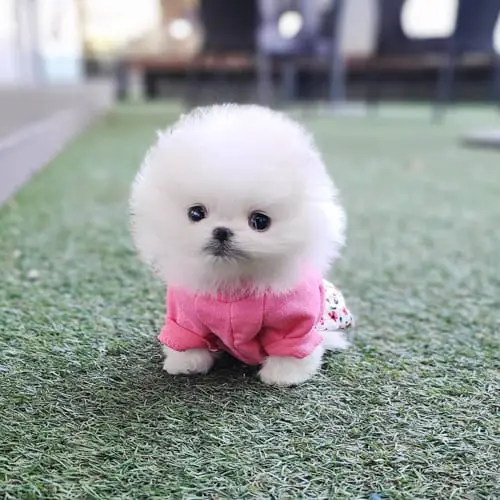
You are used to taking care of a large breed. So, you might think taking care of a small dog is the same. Well, it is not like that.
When it comes to exercise, little puppies do not require strenuous exercise. A daily walk is highly recommended.
A study found that a dog usually burns 0.8 calories per pound every mile. That means 20-pound dogs will burn around 60 calories during an hour of walk.
But a daily walk can be boring sometimes. So, it is important to vary their exercise routines.
Using the treadmill may be ideal. Swimming and hiking may be a perfect addition to their everyday exercise.
Tips for Exercising Your Small Dog
- Start Slowly. Do not incorporate physical activity into their routine right away. Start slowly. There is no need to rush. Take your time.
- Exercising close to mealtimes can put them in danger as it can cause many serious problems like dietary upsets.
- Consider the weather. While some small dogs can withstand the rain and snow, other breeds could not. So, be mindful of the weather.
- Keep it fun. Be sure every exercise is mentally stimulating and interesting.
- Do not overwork your dog. Signs of overwork include heavy breathing, trembling, and fatigue.
4. Vulnerable to Health Hazards

Small dogs are prone to specific health hazards. Experts say that small breeds usually have sensitive neck structures compared to their larger counterparts.
With that, small dogs have a high risk of suffering from a tracheal injury. The trachea is a tube with rings of cartilage, keeping it open for air.
Common symptoms of tracheal injury include difficulty breathing, wheezing, vomiting, and coughing.
If you see any of these signs, do not hesitate to contact and go to the nearest veterinarian.
Tracheal injury can be prevented. All you have to do is to ensure your small dogs wear chest harnesses.
There are also other cute dog accessories you can invest in, and careful research can come into play.
Brussels Griffon, French Bulldog, and other brachycephalic breeds are likely to have respiratory issues.
Flatter-faced dogs may suffer from breathing difficulties, especially during the long summer season, according to Dr. Lisa Mclntyre of the Welcome Waggin’ Mobile Veterinary Service.
These breeds are also vulnerable to heart disease, Disc Disease, Pancreatitis, and Cushing’s Disease.
Regular checkup with a qualified vet center is worth the cost. Do not wait for the time when your dog is extremely sick.
5. Excessive-Barking Dogs
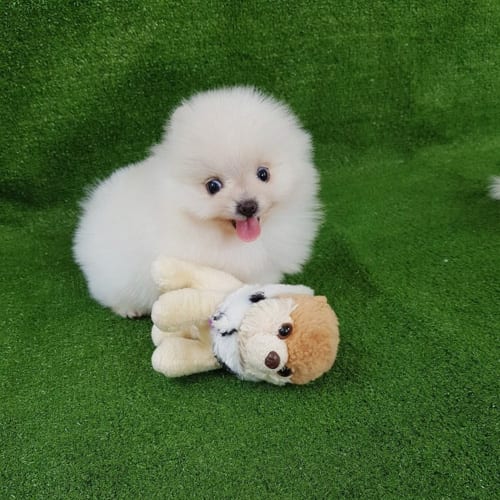
Generally, small dogs bark more often than a larger breed. Excessive barking dogs include Beagles, Fox Terriers, Yorkshire Terriers, Miniature Schnauzer, Cairn Terrier, West Highland White Terrier, Pomeranian, Pekingese, Maltese, Lhasa Apso, Poodles, Chihuahuas, and more.
If your Yorkies or Chihuahua bark more frequently, do not scold them right away as it may lead to serious behavioral problems.
According to PetMD, dogs bark because of excitement, boredom, anxiety, fear, pain, or canine dementia.
But how to stop excessive barking? The best way is to remove any factor that triggers the behavior.
If they suffer from pain, it is better to have them treated as soon as possible.
It is also ideal for giving them things to do every day. You can teach them with Speak or Quiet Commands, and it does not happen overnight.
It takes a week or two before they can master the command. If training dogs is not your specialty, there are trainers you can depend on and trust.
While the services require additional expenses, it is worth it.
If you have done everything you could and nothing happens, it is time to consult your veterinarian and other certified professionals for your comfort.
6. Small Accessories
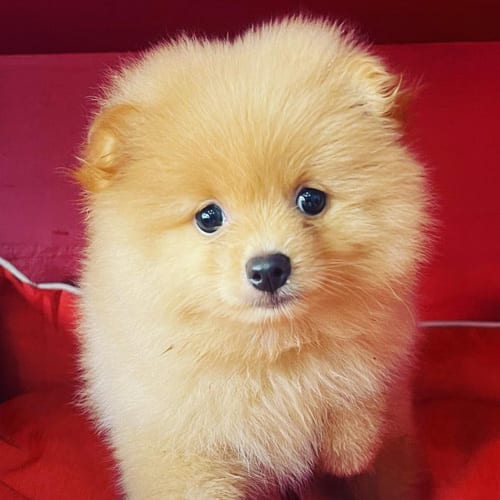
While many companies provide dog accessories, it is still tricky to choose what’s best for your puppy.
To make things easy and convenient, it is necessary to know what your dog requires. Here are some cute accessories for your Poms, Yorkies, Apsos, or Shih Tzus:
Sweaters. Not all dogs can withstand the extreme heat during winter, so a sweater is a perfect addition to your dog’s closet.
Boots and shoes. Another must-have accessory is a pair of boots and shoes. Apart from enhancing your small dogs’ fashion statement, this type of footwear gives them enough traction they deserve.
Hoodies. If your Shih Tzu or Maltese have sweaters, why don’t you buy them with hoodies? They are cool and hip. They can protect your puppies from the snow and rain, keeping them warm.
Costumes. Do not wait for Halloween before you dress your Poodles or Chihuahua. You can dress them in personalized costumes.
You can choose any design you want. It could be your favorite superhero character or anything you like.
Scarves. Complete their look with a cozy and stylish scarf. It makes your dog fashionable while keeping them warm during the extreme cold weather.
7. A Little Training is Something You Cannot Ignore
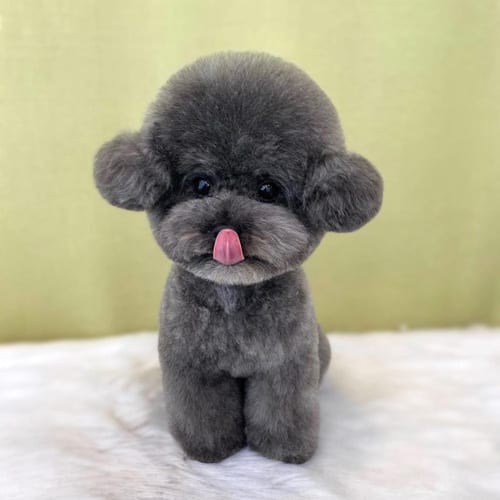
Many pet owners overlook training their dogs until their pooches become aggressive and irresponsible at home.
Imagine you went to the mall to buy essentials, and your favorite couch was worn and torn. That would be a headache.
But there’s a worse case than that? They might bite your friend, colleague, or relative, which you do not want to happen.
But where to start? Here are a few beginner-friendly tips you can follow:
- Begin with the Nothing in Life is Free Principle. Small dogs enjoy more privileges than large breeds.
They can sit on your couch or sleep in your bed freely. While there is nothing wrong with that, they can turn into pushy dogs or tiny tyrants.
Let them know you are in charge. Give them a command they need to obey.
- Tailor your training according to your dog’s level of understanding. Study their behavior and ability to grasp a skill.
If they experience some trouble, lower the difficulty of your training to increase retention.
- Use positive reinforcement. There are different techniques to promote positive reinforcement in any of your dog training routines.
A clicker training is helpful. You can also think of other reward-based activities.
If you find the process hard, remember that you are not alone. Seek assistance from a professional.


